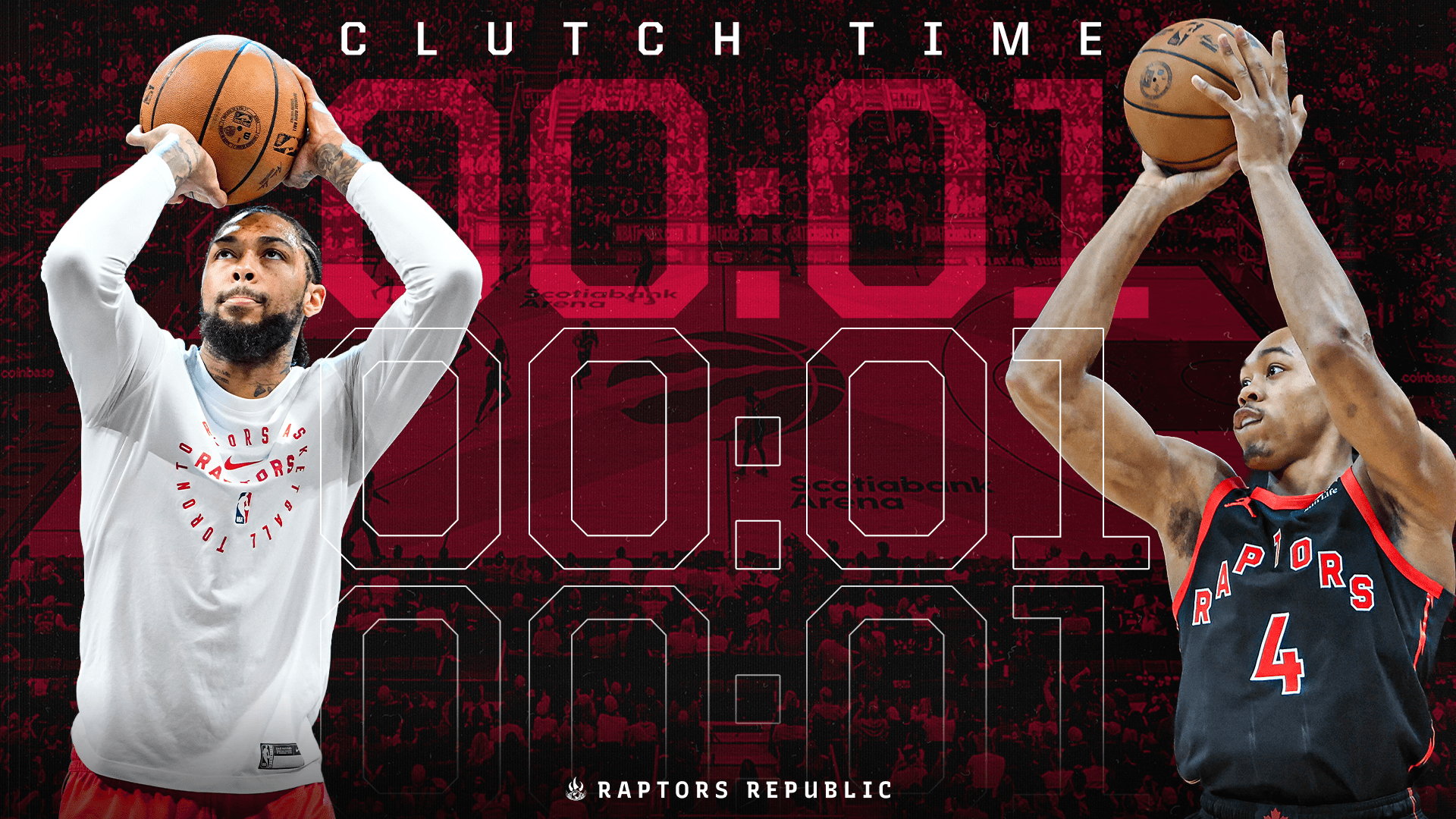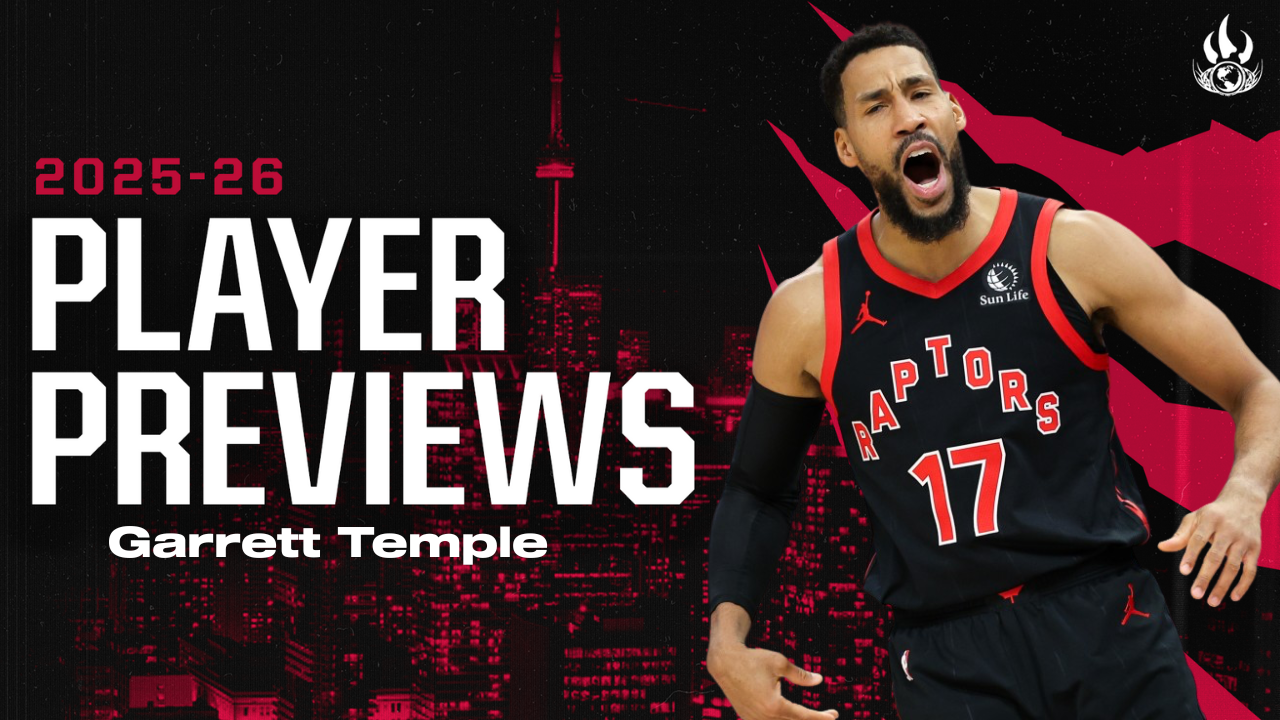Nathan Fielder’s “The Rehearsal” is both a monumental achievement in television and a compelling look into the human psyche. What if it was possible, when facing a critical juncture in life – a big job interview, an emotionally charged conversation, even the prospect of parenthood – to plan for every potential variable by rehearsing the situation over and over.
From a meticulous recreation of The Alligator Lounge to (small spoiler alert!) packing a 737 full of actors to circumvent aviation laws and investigate the dynamic between pilot and co-pilot in a cockpit, Fielder’s formulaic, flowchart-driven approach is intended to leave nothing to chance. When you laugh at his jokes, that’s no accident.
NBA teams do the same thing. Running through set plays in the halfcourt, out of timeouts, on inbounds and in clutch situations, drilling the correct reads to various defensive reactions so that when they’re faced with it on the court, making the right decision is second nature.
Of course, the Raptors’ rehearsal of set plays and end-game situations in practice differs from Fielder’s in the details. The Raptors aren’t going to build a replica of TD Garden equipped with 20,000 screaming actors in the stands; an empty OVO Athletic Centre will have to do.
Yet, there was a way for the Raptors to stage “rehearsals” superior to even Fielder’s elaborate acts. And they did. Through last season, one that the Raptors admitted was a rebuilding one from the start, they had free reign to experiment to their hearts’ content. Against real competition, in live NBA action, with their opponents trying their best to win actual games that counted towards the standings.
Their crop of four promising rookies got ample playing time. Jonthan Mogbo got up 3s. Scottie Barnes stretched his legs in the mid-range.
Here, however, we will focus on how the Raptors approached close, late-game situations,specifically defined here as when the game was within one possession with less than one minute left. Toronto played in 19 games that met such criteria last season, and finished with a 6-13 record, so it didn’t do well. But regardless of the results, the hope here is that by examining how they approached or “rehearsed” these situations, we’ll be able to glean some insight into how Darko Rajaković and the Raptors will behave in the clutch going forward when it counts.
Teams tending to isolate more when the game is on the line has always fascinated me. Of course, there is sound reasoning for it. Minimal ball movement creates less opportunity for turnovers. While they should always be locked in, a defence is rarely more focused and fervid than they are in clutch time. Putting the ball in the best players’ hands and having him go one-on-one with the game on the line simplifies the outcomes.
What’s always irked me is that isolation shots are simply less effective than other playtypes. Even teams equipped with high-level creators that can open up cuts and spot ups – plays that generate more points per possession – isolate more frequently down the stretch. Sure, when an isolation shot is being taken by a top shot creator and maker, its effectiveness goes up. Yet there is still a very limited list of superstars that score out of isos more efficiently than these other playtypes. We’re talking Luka Doncic, James Harden, Shai Gilgeous-Alexander level talent.
The Indiana Pacers provided a perfect example in Game 1 of the Eastern Conference Finals against the New York Knicks. Up one with 20 seconds remaining in overtime, Pascal Siakam floated near halfcourt, and Tyrese Haliburton ran off a screen to join him. What ensued was a get action between Andrew Nembhard and Obi Toppin off the inbound, that flowed into an empty side pick n’ roll. Mitchell Robinson overcommitted to Nembhard and Toppin was freed up for an open dunk. SGA’s mid-range game is a work of art, but any team is taking an open dunk over a contested mid-range shot every time, regardless of who’s taking it.
There’s a place for late-game isos (and even isolations in general). They can be necessary, as are more complicated sideline and baseline out-of-bounds plays to free up shooters when a late triple is required. It all depends on what the situation calls for. But I do think there is generally room for more creativity in these spots and that doing so could also be more effective.
Overall, in possessions that met the guidelines above, the Raptors ran out in transition twice, played “random” basketball (playing within the flow of the game, without a pre-designed play) four times, ran a more complex set play five times (multiple actions), isolated eight times and used a simple ball screen ten times.
On the opposite end of the leverage scale from that instant classic Knicks-Pacers series, RJ Barrett missed triples against the Denver Nuggets one week apart in the Raptors’ first two clutch situations last season. First, down two with eight seconds left in overtime he dribbled down the court and missed a contested pull-up 3. Rajaković’s decision not to call a timeout to advance the ball and set up a better shot was undoubtedly a moment from which he can learn. Then on the road in Denver on Nov. 4, faced with a similar situation, down two with five seconds left, Barrett isolated off an inbound and missed a step back for the win. It’s worth noting that Barrett was Toronto’s best scorer on the floor at the time after Barnes left the first Nuggets game with an orbital bone fracture and with Immanuel Quickley also out. Still, the play-calling was uninspired regardless, especially given Barrett’s limitations as a pull-up shooter.
Barrett also drove the ball four times both in the final minute of regulation and the final minute of overtime on Nov. 16 against the Boston Celtics, making two and missing two.
Nov. 9 visiting the Los Angeles Clippers was the first time we got a look at something else. In his first game back after sustaining an injury in the first game of the season, it was Quickley’s turn. The Raptors ran Iverson action for the sharpshooting guard, and he drained a triple to tie the game in the final minute. The Clippers still pulled it out on some free throws and a missed Poeltl putback, but it was a well-executed late-game play.
Barnes tied another game late against the Detroit Pistons later in month, bullying Tobias Harris to the basket off a hedge and recover. The Raptors carved out space with their best screener, Poeltl, to set up Barnes to use his physical tools to finish. That was strong process. Yet Jaden Ivey spoiled the (ugly, sloppy) party, sticking a buzzer-beating floater in isolation.
Almost two months later, it was finally time for the Raptors to win a game in the clutch. Barnes rejected a screen from Poeltl and hit a 10-foot push shot, ultimately putting the score out of reach for the Atlanta Hawks in the final minute.
To this point of the season the Raptors had almost exclusively ran isolations or ball screens in late-and-close situations, only once running a set on an out-of-bounds play to free up Gradey Dick for a triple when three points were needed (Nov. 15 vs. Pistons). But that was about to change.
Down three against the Bulls on Feb. 28, the Raptors ran an “Iverson DHO” for their best driver, Barrett. Barnes Iverson cut to take away Josh Giddy as the gap help, and Dick emptied out the weakside to remove the low man, opening Barrett for a near unimpeded finish at the rim.
While Rajaković removed starters late in what amounted to an organizational farce à la Sgt. Bilko against the Orlando Magic, the coach couldn’t fully betray himself, drawing up some art on the clipboard. First, AJ Lawson and Ja’Kobe Walter looped around staggered screens before Lawson came back through the initial stagger that was now acting as an elevator screen, and he nailed a go-ahead triple. Then, maybe the best moment of last season. After going down two, the Raptors attempted to run a veer stagger to free up Walter for the win, but the Magic switched it perfectly, blowing up the play. No matter, Walter hurled the ball in from long-range regardless. It goes to show, sometimes the best-laid late-game plans – be it isos from superstars or beautifully penned plays – need a little magic to work. Raptors fans know this well.
Almost all the Raptors’ clutch plays for the rest of the season were Jamal Shead drives, either out of the pick n’ roll or sometimes right at his defender. (We all remember the almost-game winner against the Washington Wizards that was still touching the fibers of Shead’s fingertips.) This was probably more indicative of where the Raptors’ season was at than any actual game planning.
Rajaković and the Raptors mostly opted for isolations and simple ball screens in favour of their usual, movement-heavy scheme in the clutch last season. But the Serbian bench boss did show a willingness to both get creative and be versatile. Isos will likely always be the bread and butter to finish out games, but as both the Raptors and Pacers showed, the occasional change-up can be very effective.
The Raptors don’t have anyone who graduated from one of Canada’s top business schools with very good grades, but they will have Brandon Ingram this season. It stands to reason that a large portion of the late-game isolations that went to Barrett, Barnes and Shead last season will now be handled by the former all-star, who is far more capable in such spots.
And when the time comes, the Raptors and Rajaković will have to throw caution to the wind, put on Evanescence’s “Bring Me to Life,” land the damn plane, and win some basketball games.


